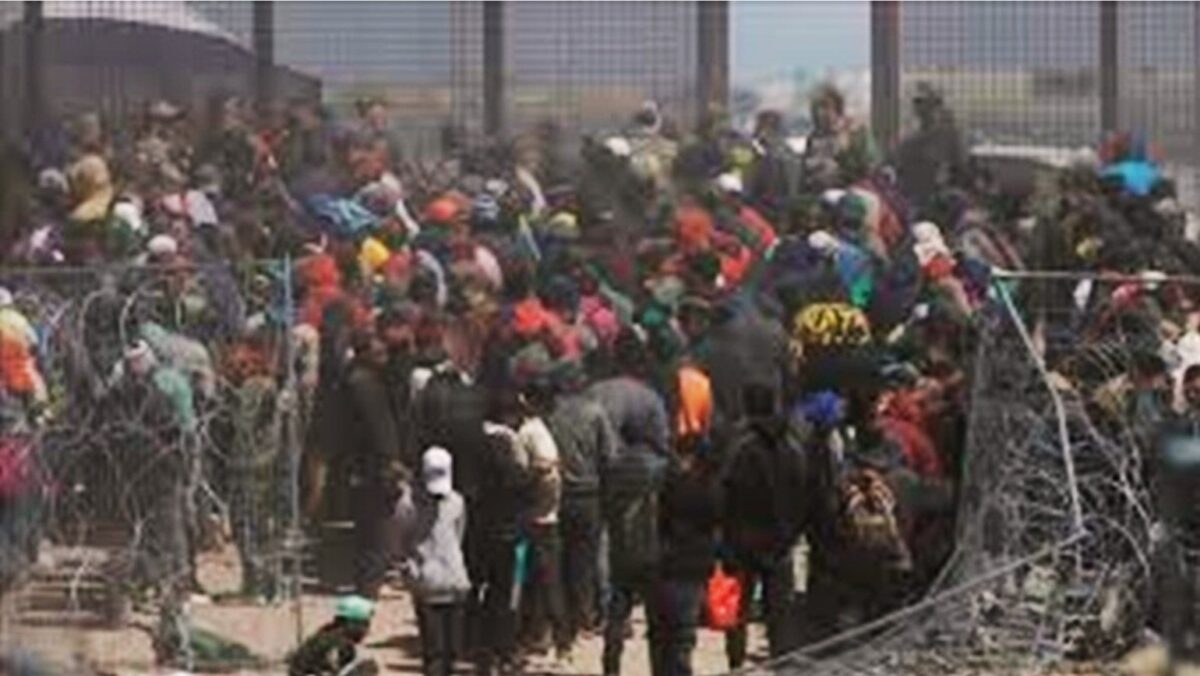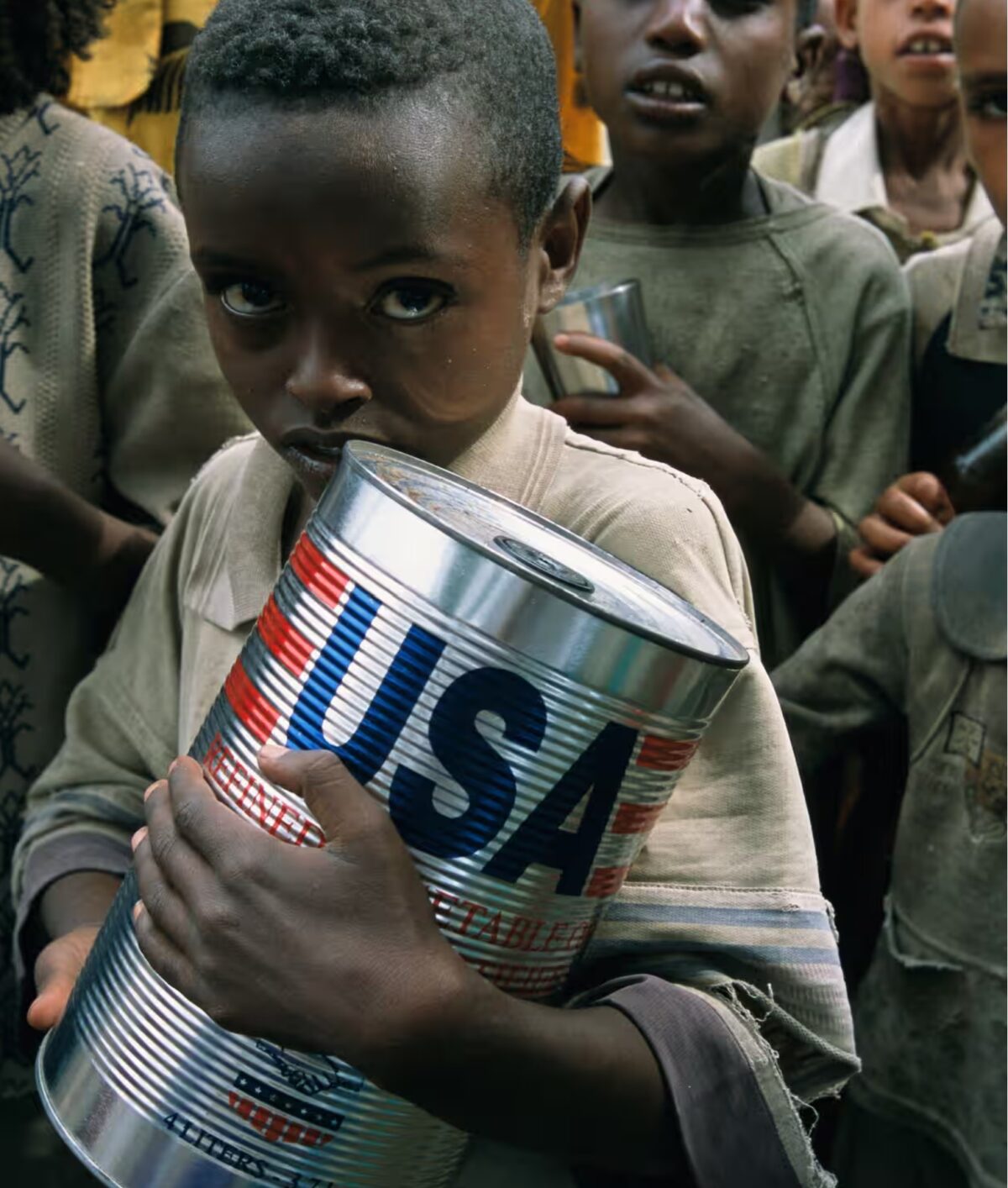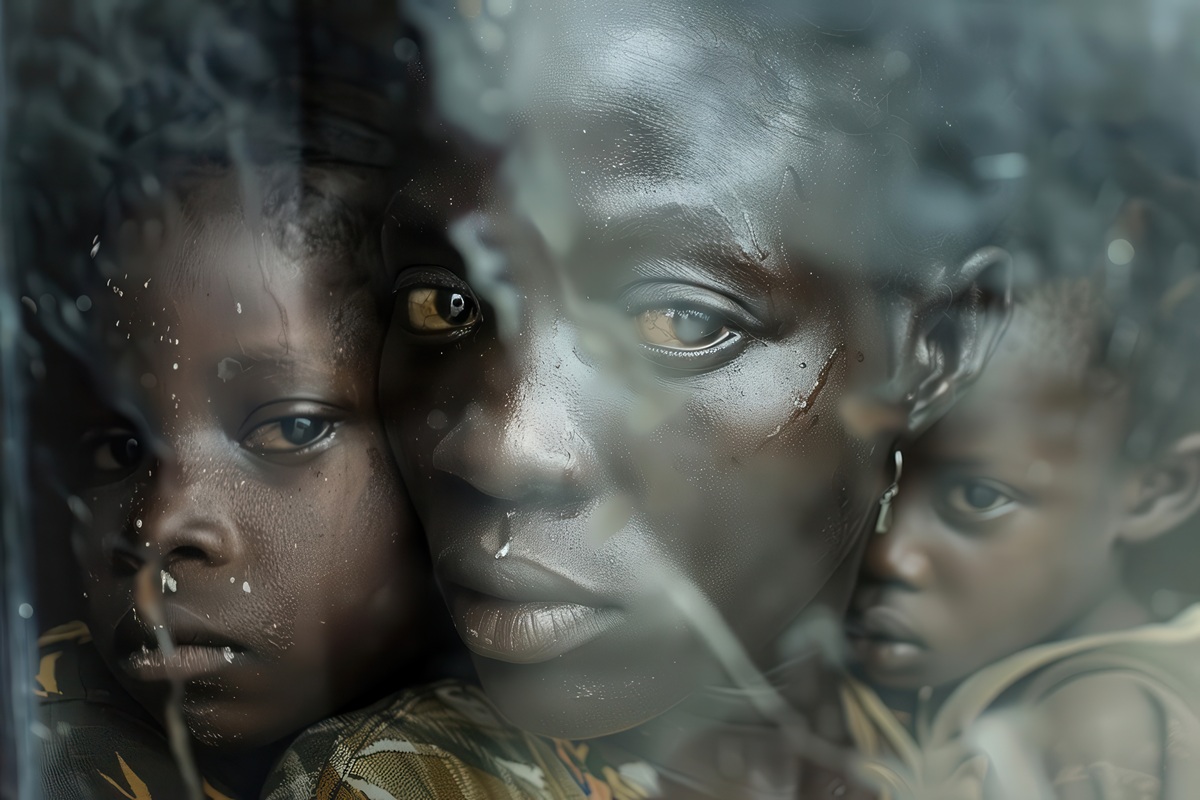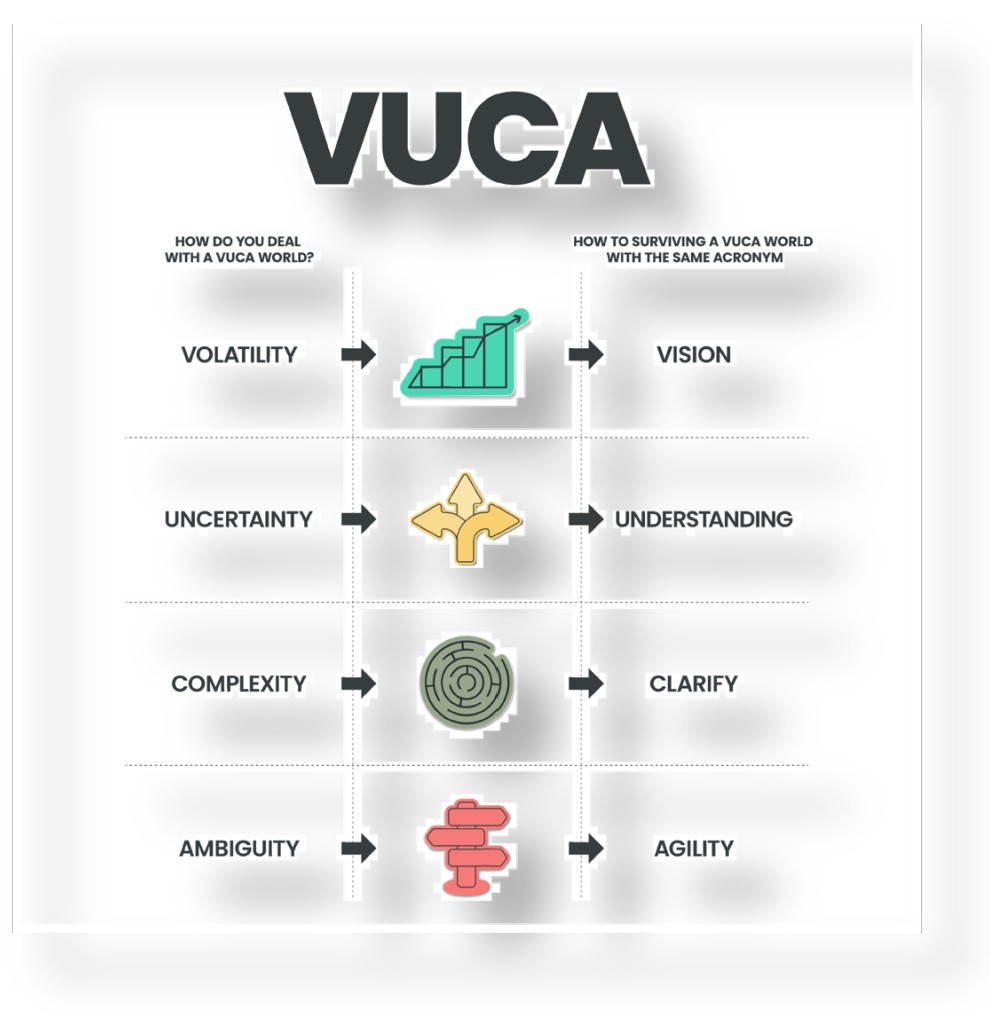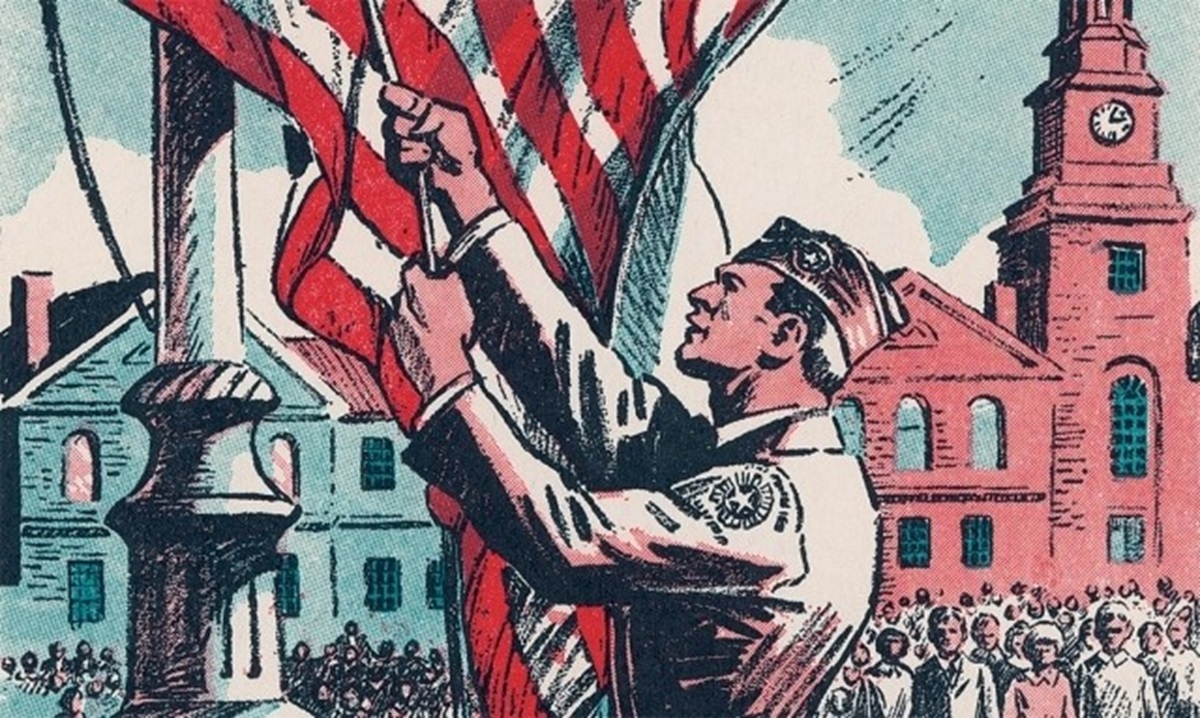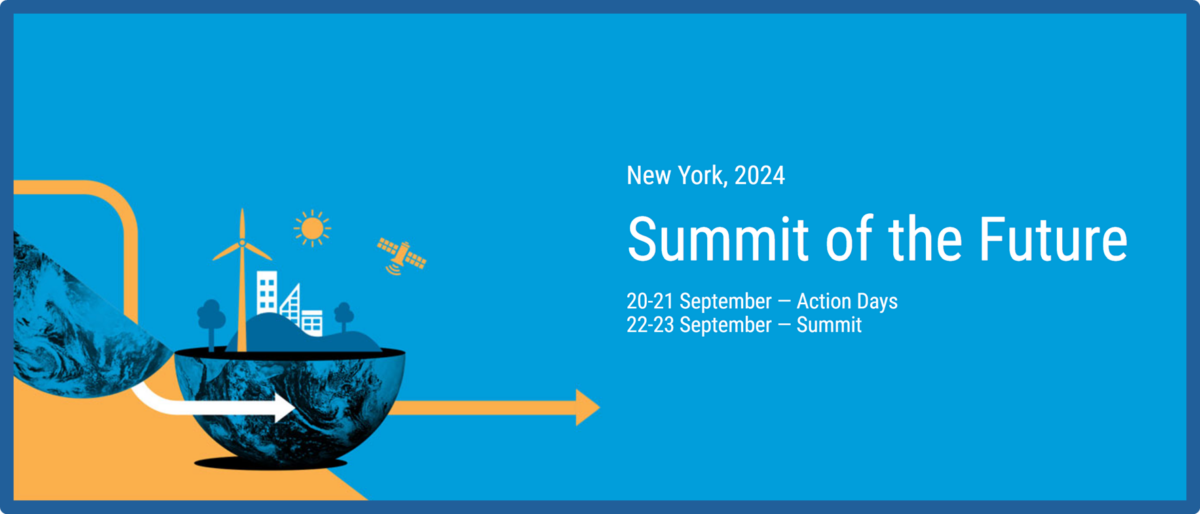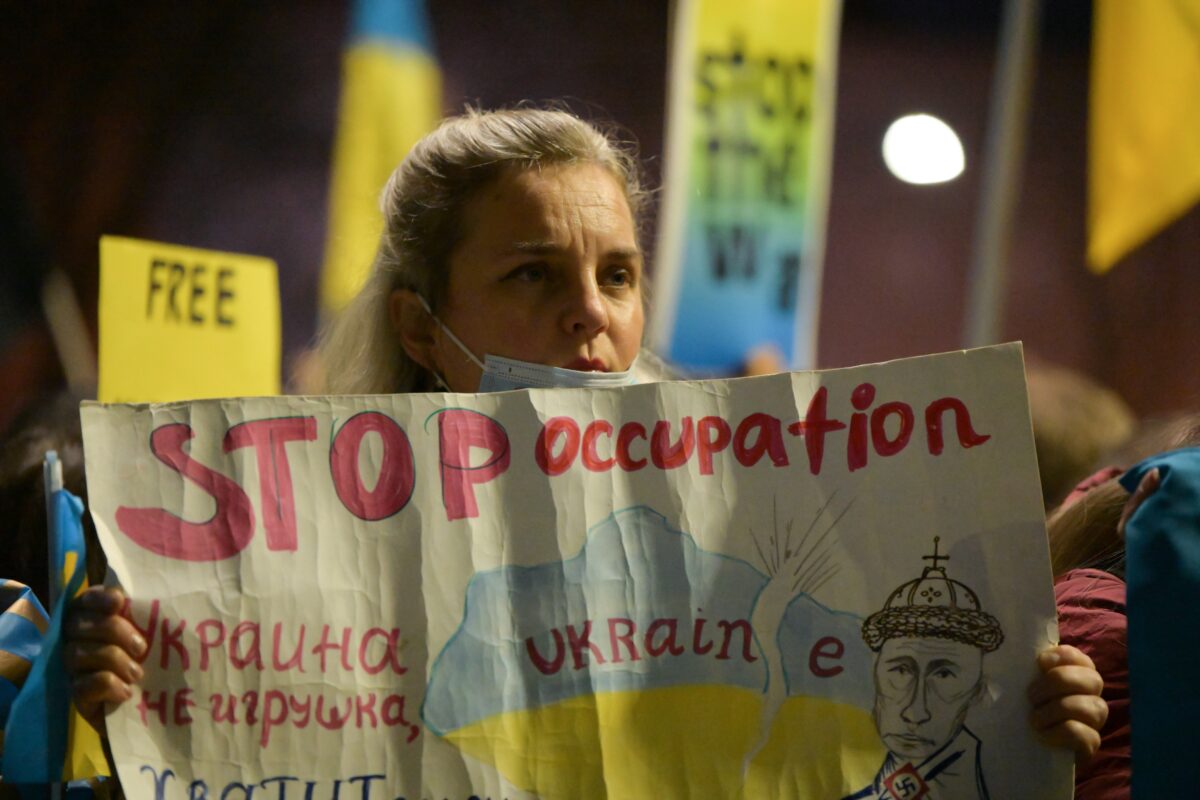No products in the cart.

The Ungrateful World
When Open Hands Become Clenched Fists
For decades, the United States of America has stood as the reluctant yet reliable pillar holding up the world’s wobbling hopes. When typhoons decimated islands, it was U.S. planes that roared across oceans, dropping aid. When famine strangled nations, it was the American taxpayer—never consulted, never thanked—who unknowingly fed starving children oceans away. When war birthed millions of refugees, it was U.S. agencies that set up shelters, clinics, and clean water systems in the chaos. America didn’t just open its wallet; it signed the check, mailed the supplies, deployed the boots, and carried the burden.
And now that same world, whose trembling hands were once stretched in desperate gratitude, dares to clench its fists in indignation because the United States—after pouring trillions into foreign assistance—is pulling back?
Let’s be clear: The United States has not abandoned the world. The world has grown far too comfortable draining American generosity like a bottomless well—without refilling it, respecting it, or even acknowledging it.
Decades of Generosity, Measured in Billions
Between 2008 and 2023, the United States gave more in foreign aid than the next five donors combined. In 2024 alone, over $77 billion was allocated in foreign assistance, spanning food relief, education, healthcare, refugee resettlement, infrastructure, and governance reforms in over 150 countries. Not from obligation. Not from profit. But because it was the right thing to do.
Let’s talk specifics:
-
United Nations: The U.S. covered 22% of the UN’s regular budget and 27% of peacekeeping operations—by far the largest share.
-
World Health Organization: The U.S. delivered $958 million to WHO programs in 2024-25.
-
USAID: Deployed over $32 billion in 2024 alone to provide aid in more than 100 global crises.
-
World Food Programme, UNHCR, UNICEF: Billions in voluntary contributions flowed from the U.S., year after year, quietly propping up the world’s most desperate programs.
Meanwhile, many of the critics raising their eyebrows now contributed a mere fraction—some barely a percentage point of their GDPs—to these same efforts. They now cry betrayal because the hand that has fed them unceasingly has momentarily paused.
The Global Freeloading Problem
It’s time we stop pretending the rest of the world has pulled its weight.
The United States’ foreign aid makes up more than 40% of all tracked humanitarian relief under the UN. In contrast, countries like China—who love to play the global peacemaker on paper—remain conspicuously silent when it comes time to cut checks. Russia, whose military ambitions remain well-funded, has little to show in humanitarian investment. Even wealthy European nations, though more generous as a percentage of GDP, rarely match U.S. contributions in absolute terms. Yet they find no shame in wagging fingers from their glass houses.
Let’s not forget the absurdity: the same nations that depend on U.S. aid to stabilize their neighborhoods, backstop their health programs, or rebuild their infrastructure are the ones now criticizing America’s strategic recalibration.
When Charity is Mistaken for Obligation
America’s foreign aid wasn’t written in the stars—it was a conscious choice, born out of post-WWII leadership and Cold War strategy, reinforced by moral responsibility and humanitarian conviction. But at no point did it become a legally binding duty for the U.S. to bankroll the failures of corrupt regimes, carry the weight of entire continents, or absorb the world’s crises without end.
This growing sense of entitlement, not gratitude, has become the real rot in global aid.
Nowhere is this clearer than in the melodramatic outcry over USAID’s contraction. Critics act as if the very concept of global stability rests solely on the U.S. dollar. Perhaps it has for too long. But instead of stepping up, other nations sigh in relief that the pressure won’t fall to them, choosing apathy over accountability, silence over service.
They smirk not because they’re ready to lead—but because they assume America will eventually return to cleaning up the mess.
The Reckoning Is Earned, Not Given
The bitter truth is this: if the world wants American generosity, it must match American grit. No more free passes for countries whose own leaders siphon aid into Swiss accounts while their people starve. No more applause for nations that virtue signal in climate summits but vanish when it’s time to fund disaster relief. No more patience for the ungrateful elite who tweet outrage from first-class cabins while doing nothing to solve global suffering themselves.
If the United States decides to shift gears—to demand outcomes for its aid, to reduce its footprint, to prioritize national interest—it is not an act of abandonment. It is a long-overdue act of clarity. Because there is no justice in rewarding dependency, no sustainability in subsidizing irresponsibility.
A Final Word for the Smug Observers
To the nations rolling their eyes, shrugging shoulders, or whispering about American decline—what have you done? Where are your billions? Your rescue missions? Your refugee camps? Your planeloads of medicine?
Silence? Exactly.
It’s easy to criticize a giant when you stand safely in its shadow.
But when the giant steps back, the cold truth is exposed: the world is woefully unprepared to carry the weight it so eagerly judges.

